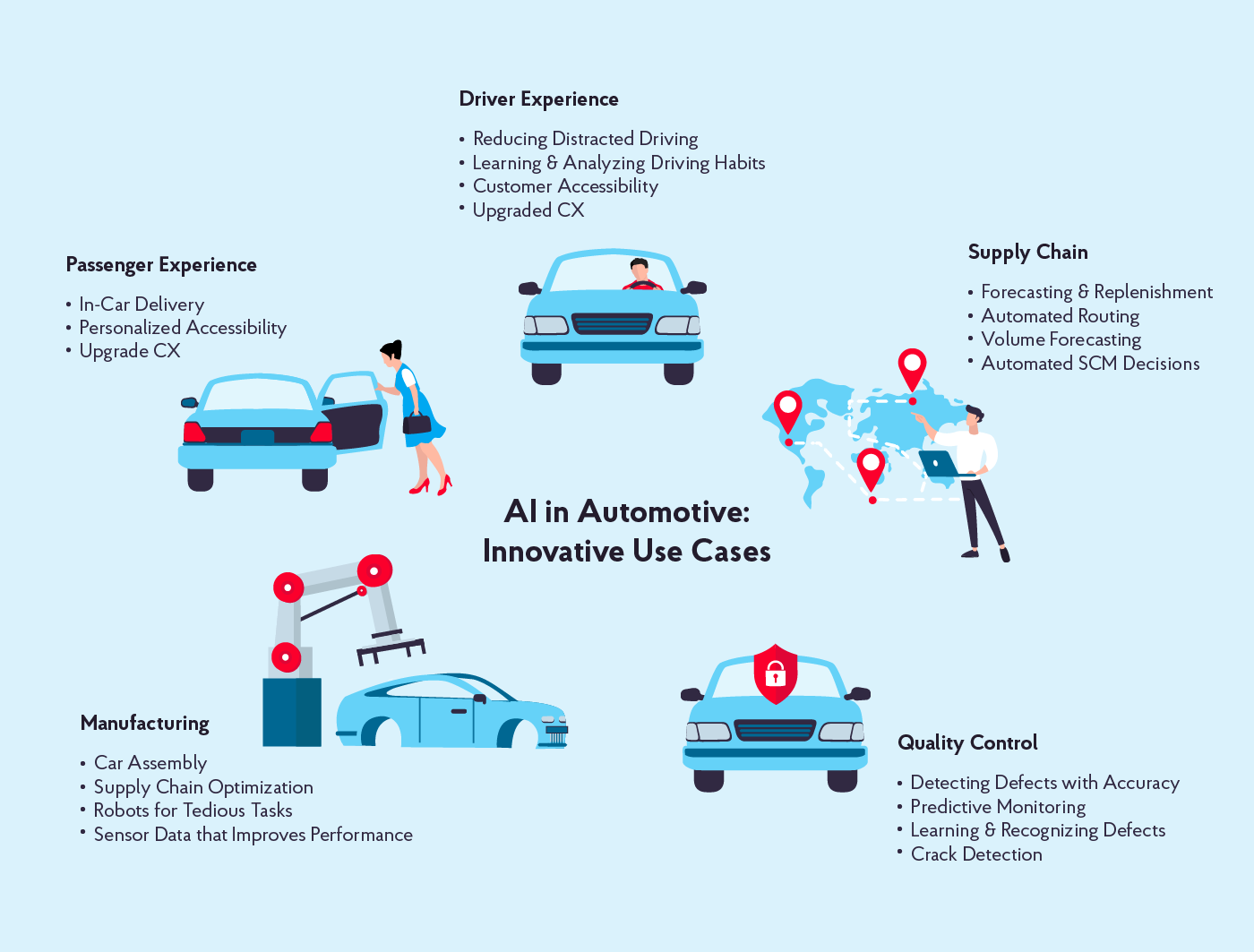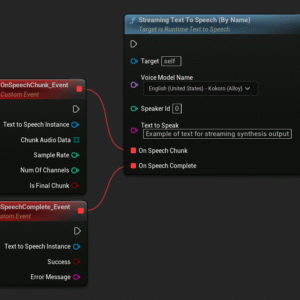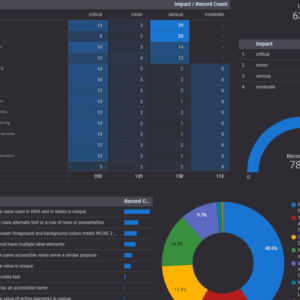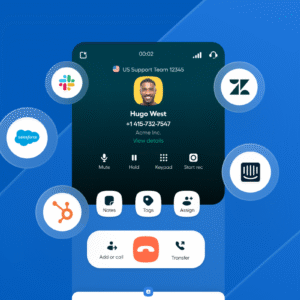Description
Our AI-Based Auto Layout Adjustments for Accessibility service uses artificial intelligence and adaptive design techniques to automatically adjust user interface layouts in real-time based on individual accessibility needs. Leveraging computer vision, machine learning models, and user behavior analytics, we dynamically modify content spacing, font size, color contrast, focus outlines, and element reordering for optimal legibility and cognitive clarity. This is particularly effective for users with dyslexia, ADHD, visual impairments, or neurodivergent conditions. We use frameworks such as TensorFlow.js and accessibility libraries like axe-core, and integrate with UI frameworks like React, Angular, or Vue. For enterprise environments, the AI engine can be trained on user behavior to personalize the UI further—e.g., enlarging clickable areas, simplifying navigation trees, or reducing animation. The system runs in-browser or cloud-based and adheres to WCAG 2.2 guidelines. By integrating AI into your layout engine, we enable a new level of inclusive design that adjusts to user needs without requiring backend redeployments or hard-coded templates.






Promise –
The AI-based auto layout adjustments have significantly improved the accessibility of our website for users with diverse needs. The automated adaptation of page elements based on individual cognitive profiles and visual abilities is seamless and effective. We’ve seen positive feedback from users who benefit from the improved contrast, spacing, and element positioning, making our content more inclusive and user-friendly.
Bose –
The AI-based auto layout adjustments have been a significant improvement to our website’s usability. The automatic adaptations for accessibility needs are seamless and have demonstrably enhanced the experience for a broader range of users. It’s intuitive, effective, and represents a thoughtful application of technology to improve inclusivity.